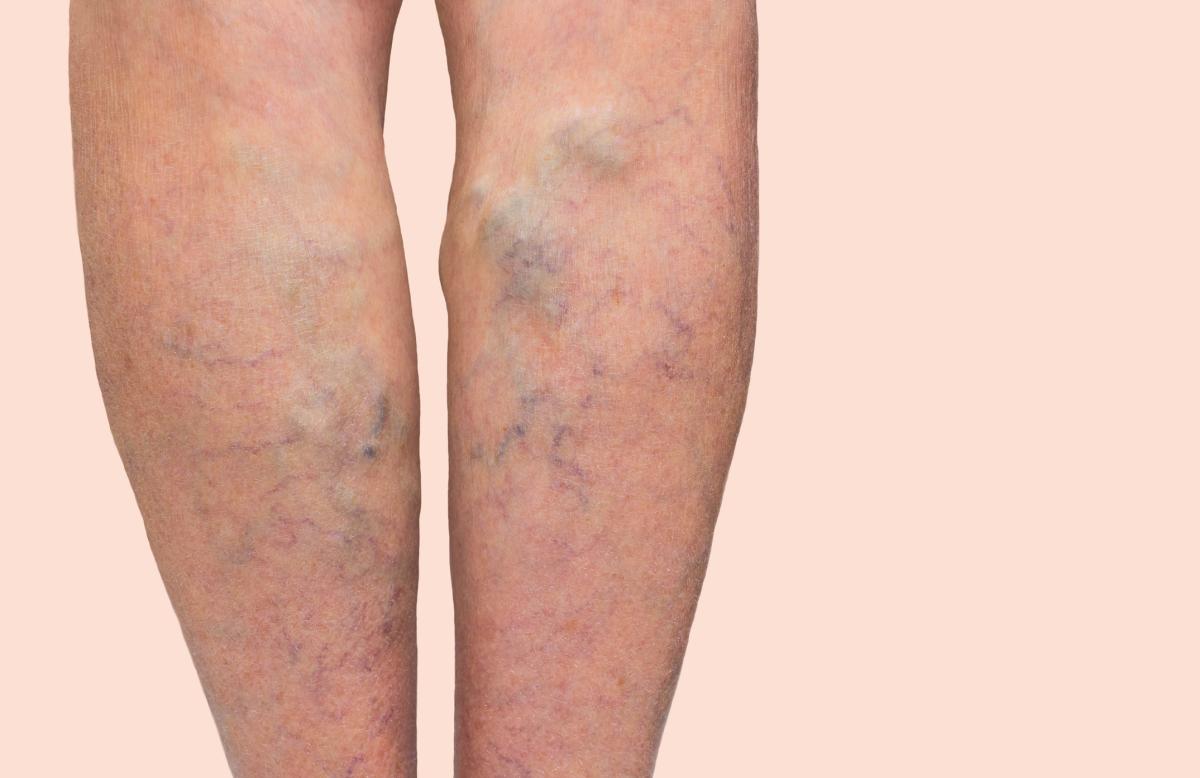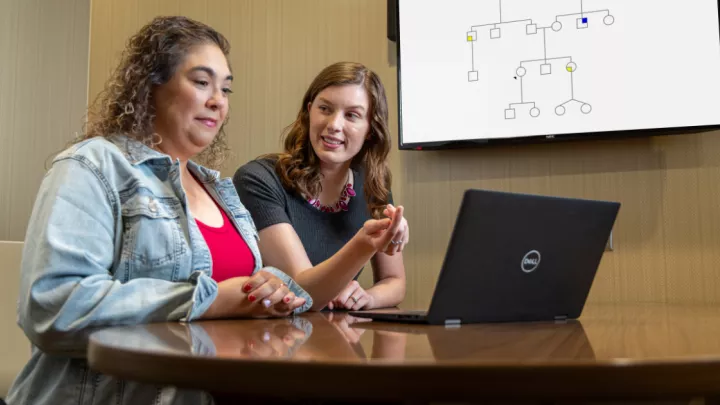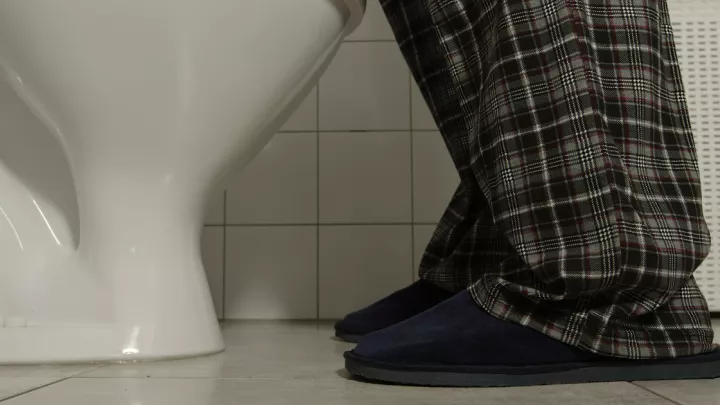Help for varicose veins

If you suffer from varicose veins, you are not alone. An estimated 45 to 60 percent of all Americans suffer from some form of vein disorder. For some people, varicose veins are simply a bothersome cosmetic concern. They can develop in many places on the body, but most commonly in the legs. You may see them at the skin’s surface, but often they are located deep underneath the skin and cannot be seen with the human eye.
Healthy veins function to return blood to the heart. When veins become diseased, their valves no longer function appropriately and can lead to increased pressures in the venous system and vein enlargement. Rather than the blood returning back to the heart in a normal fashion, the blood flows backwards and pools in the legs. Varicose veins can lead to more serious health problems and should not be ignored if they are painful.
Varicose Vein Symptoms
Varicose veins may or may not cause discomfort, but may also be a symptom of a more serious vein disorder. In patients with severe vein disease, ulcers or open sores can develop on the legs. Patients with varicose veins also have an increased risk of forming blood clots.
With this in mind, do not ignore certain symptoms. If you experience any of the following, you should be evaluated by a doctor:
- Swelling of the legs
- Pain
- Ulceration of the leg
- Itching
- Skin changes
- Areas warm to the touch
To make an appointment with a Nebraska Medicine dermatologist, call 800.922.0000.
How Varicose Veins Are Diagnosed
When you see a doctor for an evaluation, a non-invasive ultrasound will be performed. The ultrasound is necessary to check for venous insufficiency and reflux, a condition that occurs when blood pools in the superficial and deep leg veins preventing healthy circulation back to the heart. For a visual explanation of how blood flow relates to varicose veins, watch our 3D video animation.

Once you’ve had an ultrasound, if veins (such as the saphenous veins) are abnormal, medical management and a series of outpatient procedures may be recommended to treat the underlying abnormal veins.
After your diagnosis, your doctor will discuss the best treatment options for you. Your treatment plan is always customized for your specific condition and unique needs. This may include the following:
Compression Socks
Compression stockings are often where treatment for varicose veins begin. Wearing them will help improve circulation, prevent swelling and stimulate increased blood return from the lower part of the body to the heart. Graduated compression stockings of at least 20 to 30mm hg are recommended.
Exercise
Exercise is important for your overall health, but for those with varicose veins it’s especially vital. Activating the leg muscles helps move your blood back to your heart, increasing circulation. I encourage all my patients to stay active, both for overall health and for their veins. Activating muscles in our legs helps improve how our veins function. If you have varicose veins and are going on a long drive or flight, make sure you get out and move around. This can be as quick as stopping at a rest stop or walking the isle of a plane.
Elevation
Elevating the legs uses gravity to help return blood from the legs back to the heart. When you are resting or sleeping, keep your legs elevated to increase circulation.
Outpatient Procedures
In select patients, outpatient procedures are recommended to treat the abnormal veins.
- Endovenous laser treatment is performed using local skin anesthesia. The abnormal vein is identified using ultrasound, a laser fiber is introduced into the vein and selectively heats the wall of the vein, leading to scarring of the vein. Scarring and closing of the abnormal diseased vein moves blood to the healthy veins
- Endovenous chemical ablation involves using foam to selectively inject enlarged and abnormal veins, leading to scarring of the veins and ultimately improving blood flow
- Ambulatory phlebectomy is use for abnormal veins that are very close to the surface. Local skin anesthesia is used and abnormal veins are surgically removed




